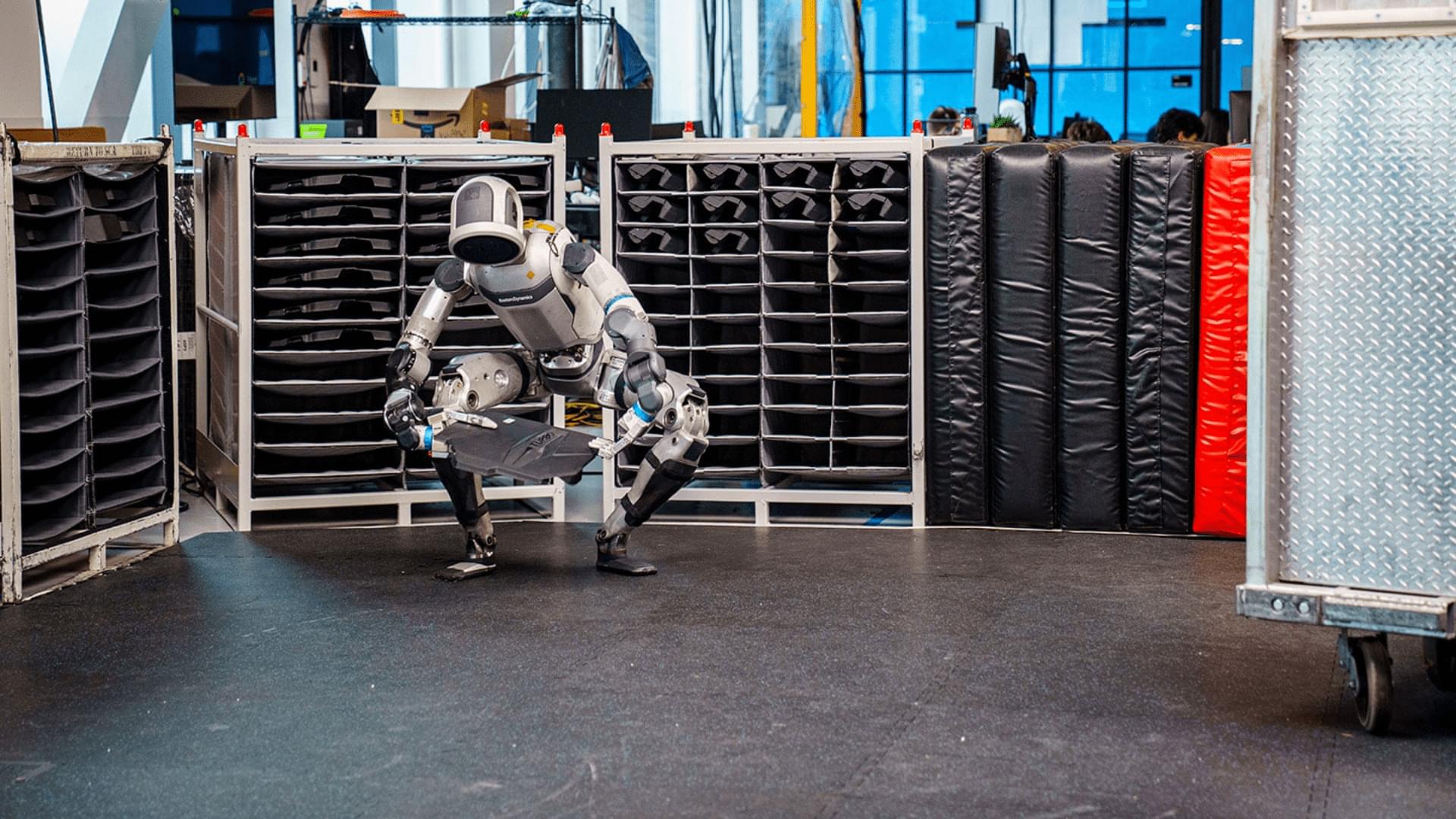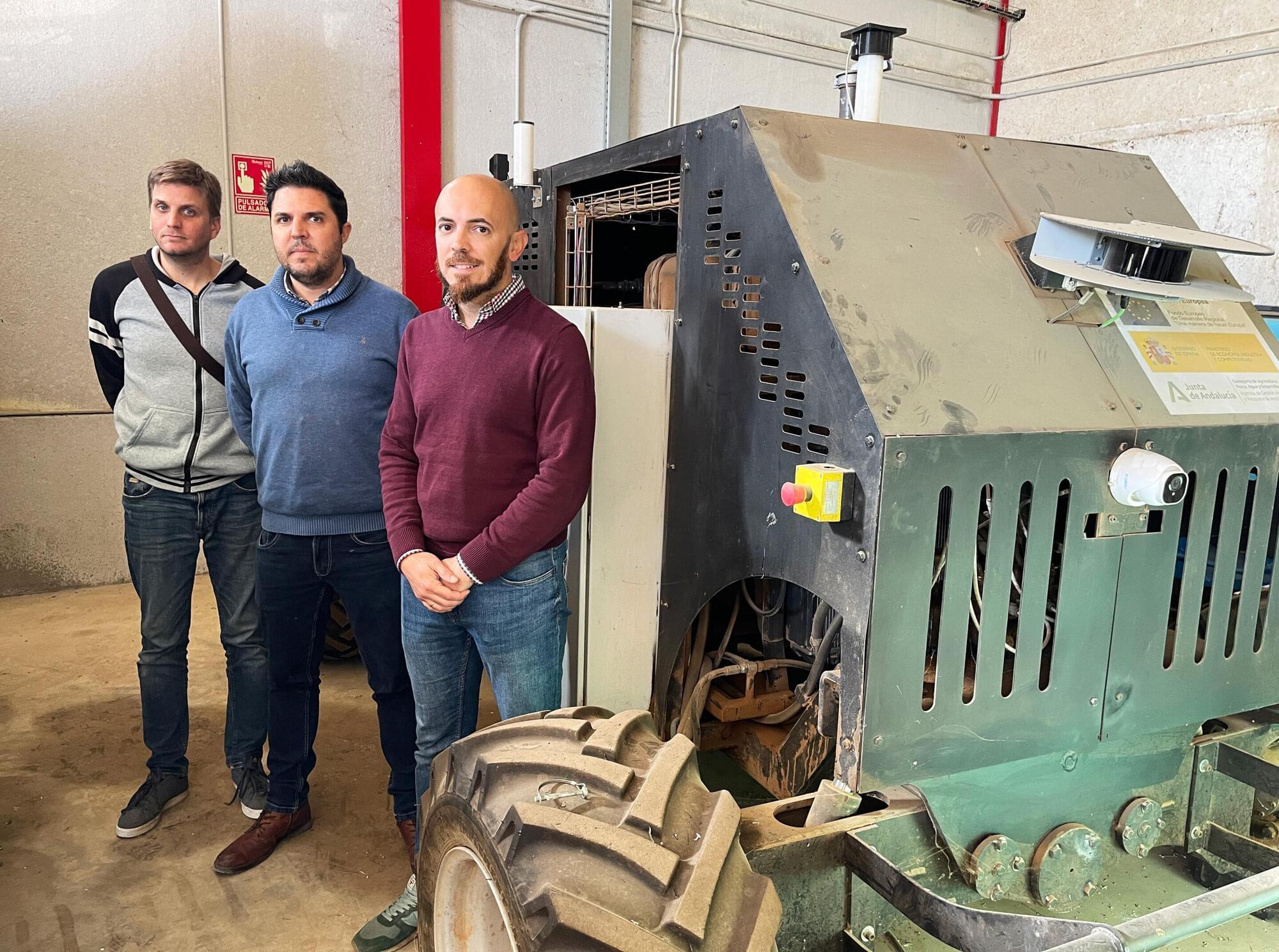Brighter with Herbert
Get the latest international news and world events from around the world.

Immune System Overactivity May Drive Mental Illness
New research from the University of Bristol has uncovered striking links between immune system proteins and neuropsychiatric conditions, including schizophrenia, depression, and Alzheimer’s disease. By analyzing large genetic datasets using Mendelian randomisation, scientists identified 29 immune-related proteins potentially playing a causal role in these disorders.
The findings suggest that mental health conditions may not be isolated to the brain but involve the entire body, potentially reshaping future treatment strategies. This video explores how inflammation and immune pathways could be the next frontier in neuropsychiatric care.
#mentalhealth #immunesystem #neuroscience #health #psychology #depression

Hyundai bets $21B on Atlas humanoid robots for US car assembly
Hyundai Motor Group is taking a bold step into the future of factory automation with plans to deploy Atlas humanoid robots at its Metaplant America facility in Georgia.
These advanced bipedal robots, developed by Boston Dynamics are designed to perform tasks traditionally carried out by humans.
As per a report on Nikkei Asia, Atlas will automate up to 40 percent of vehicle assembly work at the facility by the end of this year.

Scientists create a ‘brilliantly luminous’ nanoscale chemical tool
University of Missouri researchers developed the tiny clay-based materials that can be customized for a range of analytical, commercial and medical applications.
Imagine tiny LEGO pieces that automatically snap together to form a strong, flat sheet. Then, scientists add special chemical “hooks” to these sheets to attach glowing molecules called fluorophores.
Associate Professor Gary Baker, Piyuni Ishtaweera, Ph.D., and their team have created these tiny, clay-based materials—called fluorescent polyionic nanoclays. They can be customized for many uses, including advancing energy and sensor technology, improving medical treatments and protecting the environment.

What If We Could Program Life Like Software?…It’s Already Happening!
Synthetic biology explained, future of synthetic biology, what is synthetic biology, creating life from DNA, synthetic life creation, synthetic biology techn…

Autonomous tractor navigates olive groves with optimized steering modes
A team from the University of Córdoba is developing an autonomous tractor with three different steering modes, allowing it to drive in straight lines, make turns efficiently, and shift modes in response to its trajectories.
One of the possible meanings of the name Sergius is “one who serves,” hence the name of the robotic tractor that can autonomously perform agricultural tasks in fields of woody crops. This one-of-a-kind vehicle, designed by the University of Córdoba, is part of an Agriculture 4.0 context in which agricultural tasks are being automated.
The researchers, with the Rural Mechanization and Technology Group at the University of Córdoba, Sergio Bayano and Rubén Sola, designed the vehicle from the ground up, in collaboration with two companies charged with its mechanical manufacturing and programming. The paper is published in the journal Computers and Electronics in Agriculture.

Designer microbe shows promise for reducing mercury absorption from seafood
An engineered gut microbe can detoxify methylmercury, reducing the amount that passes into the brain and developing fetuses of mice fed a diet rich in fish, UCLA and UC San Diego’s Scripps Institution of Oceanography scientists have discovered.
“We envision the possibility that people could take a probiotic to offset the risk of consuming too much methylmercury, especially when pregnant,” said UCLA associate professor and director of the UCLA Goodman-Luskin Microbiome Center Elaine Hsiao, who is the senior author of a paper describing the research in the journal Cell Host & Microbe.
Mercury is a pollutant that enters water from several sources, the largest of which are human activities such as coal burning, artisanal gold mining and smelting, and wastes from consumer products. In the ocean, mercury transforms into a toxic form called methylmercury. It also biomagnifies, meaning that methylmercury concentrations in animal tissues increase up the food chain from algae-eaters to top predators like humans.

Study finds flourishing doesn’t always mean happiness
Flourishing is more than just being happy, and a new global study finds some countries are doing better than others when it comes to overall well-being.
Take it from researchers at Baylor and Harvard universities, who unveiled a study Wednesday that included more than 207,000 people from 22 countries and Hong Kong. The study is published in the journal Nature Mental Health.
Their Global Fluorishing Study looked at six areas of well-being: happiness, health, meaning, character, relationships and financial security, CNN reported.